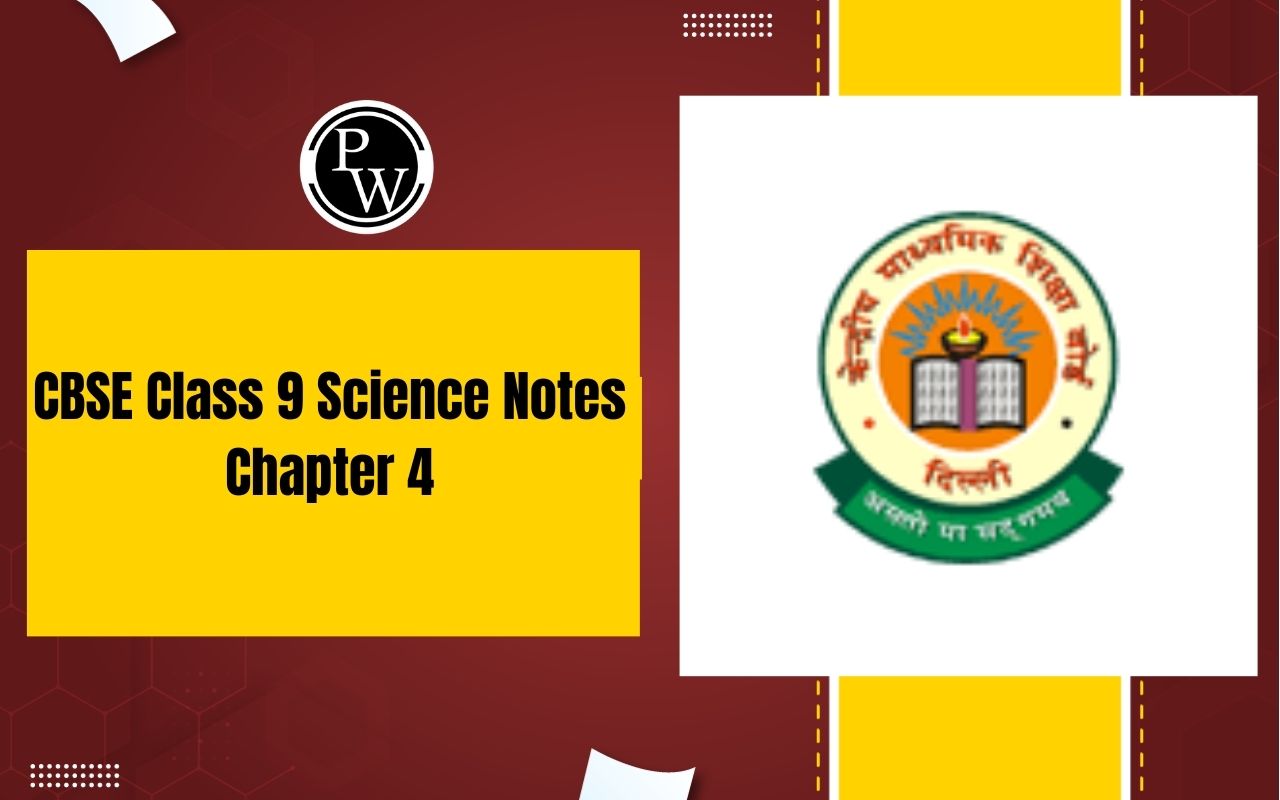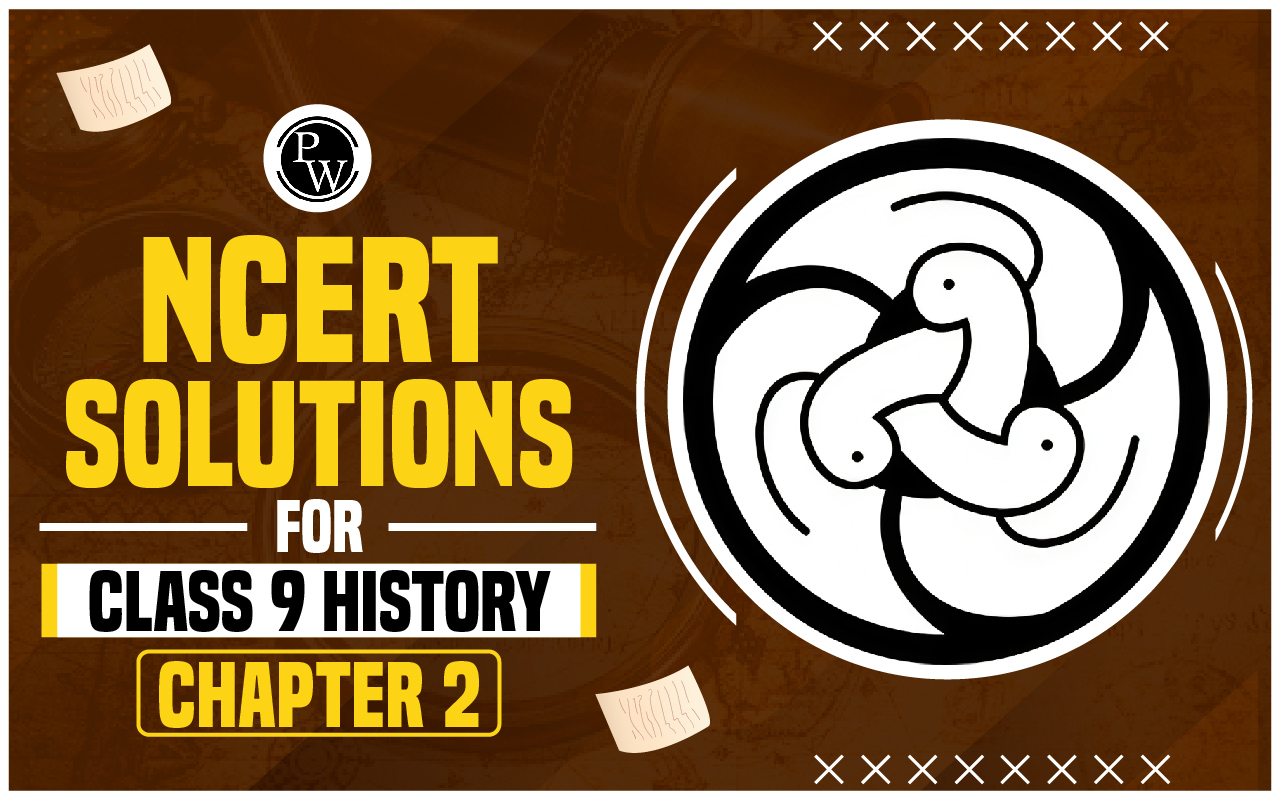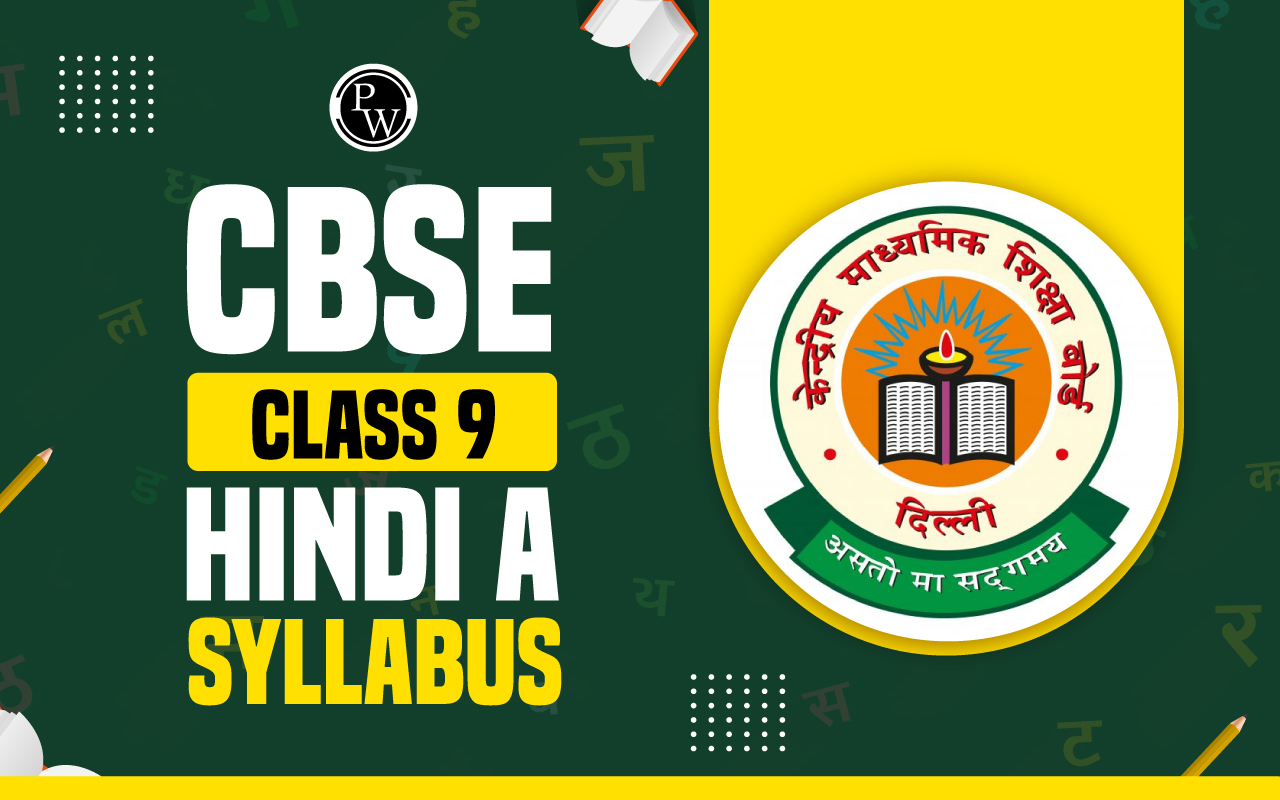
Important Questions for Class 9 maths chapter 2: Important Questions for Class 9 maths chapter 2 Polynomials introduces concepts like polynomials in one variable, degrees of polynomials, types of polynomials (linear, quadratic, cubic), and zeroes of a polynomial. Important questions often focus on finding zeroes, verifying relationships between zeroes and coefficients, factorizing polynomials using algebraic identities, and solving word problems related to polynomials.
Key concepts also include the Remainder Theorem and the Factor Theorem. Students should practice simplifying polynomials, solving for unknowns, and applying these theorems to reinforce their understanding of polynomial expressions and their properties.Important Questions for Class 9 maths chapter 2 Overview
Chapter 2, Polynomials is a crucial part of Class 9 Mathematics, laying the foundation for algebraic concepts that are vital in higher classes. Understanding polynomials is essential as they form the basis for solving equations, algebraic expressions, and many real-life problems. Key topics like polynomial degrees, zeroes, the Remainder Theorem, and the Factor Theorem are fundamental to algebra.Important Questions for Class 9 maths chapter 2 helps develop critical problem-solving skills and logical thinking. Mastering these concepts will not only aid in future mathematical studies but also in competitive exams where algebra plays a significant role, making this chapter highly important for students.
Important Questions for Class 9 maths chapter 2 PDF
Below, we have provided an Important Questions for Class 9 maths chapter 2 PDF containing important questions for Chapter 2, "Polynomials," of Class 9 Mathematics. This resource covers key topics such as zeroes of a polynomial, factorization, and theorems like the Remainder and Factor Theorem. Practicing these questions will enhance your understanding and problem-solving skills, laying a solid foundation for future algebraic concepts.Important Questions for Class 9 maths chapter 2 PDF
Important Questions for Class 9 maths chapter 2 Polynomials
Below is the Important Questions for Class 9 maths chapter 2 Polynomials - Question 1: Calculate the value of 9x² + 4y² if xy = 6 and 3x + 2y = 12. Answer 1: Consider the equation 3x + 2y = 12 Now, square both sides: (3x + 2y)² = 12² => 9x² + 12xy + 4y² = 144 =>9x² + 4y² = 144 – 12xy From the questions, xy = 6 So, 9x² + 4y² = 144 – 72 Thus, the value of 9x² + 4y² = 72 Question 2: Evaluate the following using suitable identity (102) ³ Answer 2: We can write 102 as 100+2 Using identity, (x+y) ³ = x ³ +y ³ +3xy(x+y) (100+2) ³ =(100) ³ +2 ³ +(3×100×2)(100+2) = 1000000 + 8 + 600(100 + 2) = 1000000 + 8 + 60000 + 1200 = 1061208 Question 3: Without any actual division, prove that the following 2x⁴ – 5x³ + 2x² – x + 2 is divisible by x² – 3x + 2. [Hint: Factorise x² – 3x + 2] Answer 3: x²-3x+2 x²-2x-1x+2 x(x-2)-1(x-2) (x-2)(x-1) Therefore,(x-2)(x-1)are the factors. Considering (x-2), x-2=0 x=2 Then, p(x) becomes, p(x)=2 p(x)=2x⁴-5x³+2x²-x+2 p(2)=2(2)⁴-5(2)³+2(2)²-2+2 =32-40+8 = -40+40=0 Therefore, (x-2) is a factor. Considering (x-1), x-1=0 x=1 Then, p(x) becomes, p(x)=1 p(x)=2x⁴-5x³+2x²-x+2 p(1)=2(1)⁴-5(1)³+2(1)²-1+2 =2-5+2-1+2 =6-6 =0 Therefore, (x-1) is a factor. Question 4: Using the Factor Theorem to determine whether g(x) is a factor of p(x) in the following case (i) p(x) = 2x³+x²–2x–1, g(x) = x+1 Answer 4 :p(x) = 2x³+x²–2x–1, g(x) = x+1 g(x) = 0 ⇒ x+1 = 0 ⇒ x = −1 ∴Zero of g(x) is -1. Now, p(−1) = 2(−1)³+(−1)²–2(−1)–1 = −2+1+2−1 = 0 ∴By the given factor theorem, g(x) is a factor of p(x). Question 5: Obtain an example of a monomial and a binomial having degrees of 82 and 99, respectively. Answer 5: An example of a monomial having a degree of 82 = x⁸² An example of a binomial having a required degree of 99 = x⁹⁹ + 7 Question 6: If the two x – 2 and x – ½ are the given factors of px ² + 5 x + r , show that p = r . Answer 6: Given, f(x) = px²+5x+r and factors are x-2, x – ½ g1(x) = 0, x – 2 = 0 x = 2 Substituting x = 2 in place of the equation, we get f(x) = px²+5x+r f(2) = p(2)²+5(2)+r=0 = 4p + 10 + r = 0 … eq.(i) x – ½ = 0 x = ½ Substituting x = ½ in place of the equation, we get, f(x) = px²+5x+r f( ½ ) = p( ½ )² + 5( ½ ) + r =0 = p/4 + 5/2 + r = 0 = p + 10 + 4r = 0 … eq(ii) On solving eq(i) and eq(ii), We get, 4p + r = – 10 and p + 4r = – 10 the RHS of both equations are the same, We get, 4p + r = p + 4r 3p=3r p = r. Hence Proved. Question 7: Identify constant, linear, quadratic, cubic and quartic polynomials from the following. (i) – 7 + x (ii) 6y (iii) – ? ³ (iv) 1 – y – ? ³ (v) x – ? ³ + ?⁴ (vi) 1 + x + ?² (vii) -6?² (viii) -13 (ix) –p Answer 7: (i) – 7 + x The degree of – 7 + x is 1. Hence, it is a linear polynomial. (ii) 6y The degree of 6y is 1. Therefore, it is a linear polynomial. (iii) – ? ³ We know that the degree of – ? ³ is 3. Therefore, it is a cubic polynomial. (iv) 1 – y – ? ³ We know that the degree of 1 – y – ? ³ is 3. Therefore, it is a cubic polynomial. (v) x – ? ³ + ?⁴ We know that the degree of x – ? ³ + ?⁴ is 4. Therefore, it is a quartic polynomial. (vi) 1 + x + ?² We know that the degree of 1 + x + ?² is 2. Therefore, it is a quadratic polynomial. (vii) -6?² We know that the degree of -6?² is 2. Therefore, it is a quadratic polynomial. (viii) -13 We know that -13 is a constant. Therefore, it is a constant polynomial. (ix) – p We know that the degree of –p is 1. Therefore, it is a linear polynomial. Question 8: Observe the value of the polynomial 5x – 4x² + 3 at x = 2 and x = –1. Answer 8 : Let the polynomial be f(x) = 5x – 4x² + 3 Now, for x = 2, f(2) = 5(2) – 4(2)² + 3 => f(2) = 10 – 16 + 3 = –3 Or, the value of the polynomial 5x – 4x² + 3 at x = 2 is -3. Similarly, for x = –1, f(–1) = 5(–1) – 4(–1)² + 3 => f(–1) = –5 –4 + 3 = -6 The value of the polynomial 5x – 4x² + 3 at x = -1 is -6. Question 9:Expanding each of the following, using all the suitable identities: (i) (x+2y+4z)² (ii) (2x−y+z)² (iii) (−2x+3y+2z)² (iv) (3a –7b–c)² (v) (–2x+5y–3z)² Answer 9: (i) (x+2y+4z)² Using identity, (x+y+z)² = x²+²+z²+2xy+2yz+2zx Here, x = x y = 2y z = 4z (x+2y+4z)² = x²+(2y)²+(4z)²+(2×x×2y)+(2×2y×4z)+(2×4z×x) = x²+4y²+16z²+4xy+16yz+8xz (ii) (2x−y+z)² Using identity, (x+y+z)² = x²+y²+z²+2xy+2yz+2zx Here, x = 2x y = −y z = z (2x−y+z)² = (2x)²+(−y)²+z²+(2×2x×−y)+(2×−y×z)+(2×z×2x) = 4x²+y²+z²–4xy–2yz+4xz (iii) (−2x+3y+2z)² Using identity, (x+y+z)² = x²+y²+z²+2xy+2yz+2zx Here, x = −2x y = 3y z = 2z (−2x+3y+2z)² = (−2x)²+(3y)²+(2z)²+(2×−2x×3y)+(2×3y×2z)+(2×2z×−2x) = 4x²+9y²+4z²–12xy+12yz–8xz (iv) (3a –7b–c)² Using identity (x+y+z)²= x²+y²+z²+2xy+2yz+2zx Here, x = 3a y = – 7b z = – c (3a –7b– c)² = (3a)²+(– 7b)²+(– c)²+(2×3a ×– 7b)+(2×– 7b ×– c)+(2×– c ×3a) = 9a² + 49b² + c²– 42ab+14bc–6ca (v) (–2x+5y–3z)² Using identity, (x+y+z)² = x²+y²+z²+2xy+2yz+2zx Here, x = –2x y = 5y z = – 3z (–2x+5y–3z)² = (–2x)² + (5y)² + (–3z)² + (2 × –2x × 5y) + (2 × 5y× – 3z)+(2×–3z ×–2x) = 4x²+25y² +9z²– 20xy–30yz+12zx Question 10: If the polynomials az³ + 4z² + 3z – 4 and z³ – 4z + leave the same remainder when divided by z – 3, find the value of a. Answer 10: Zero of the polynomial, g1(z) = 0 z-3 = 0 z = 3 Hence, zero of g(z) = – 2a Let p(z) = az³+4z²+3z-4 Now, substituting the given value of z = 3 in p(z), we get, p(3) = a (3)³ + 4 (3)² + 3 (3) – 4 ⇒p(3) = 27a+36+9-4 ⇒p(3) = 27a+41 Let h(z) = z³-4z+a Now, by substituting the value of z = 3 in h(z), we get, h(3) = (3)³-4(3)+a ⇒h(3) = 27-12+a ⇒h(3) = 15+a As per the question, The two polynomials, p(z) and h(z), leave the same remainder when divided by z-3 So, h(3)=p(3) ⇒15+a = 27a+41 ⇒15-41 = 27a – a ⇒-26 = 26a ⇒a = -1 Question 11: Compute the perimeter of a rectangle whose area is 25x² – 35x + 12. Answer 11: A rea of rectangle = 25x² – 35x + 12 We know the area of a rectangle = length × breadth So, by factoring 25x² – 35x + 12, the length and breadth can be obtained. 25x² – 35x + 12 = 25x² – 15x – 20x + 12 => 25x² – 35x + 12 = 5x(5x – 3) – 4(5x – 3) => 25x² – 35x + 12 = (5x – 3)(5x – 4) Thus, the length and breadth of a rectangle are (5x – 3)(5x – 4). So, the perimeter = 2(length + breadth) Therefore, the perimeter of the given rectangle = 2[(5x – 3)+(5x – 4)] = 2(5x – 3 + 5x – 4) = 2(10x – 7) = 20x – 14 Hence, the perimeter of the rectangle = 20x – 14 Question 12: 2x²+y²+²–2√2xy+4√2yz–8xz Answer 12: Using identity, (x +y+z)² = x²+y²+z²+2xy+2yz+2zx We can say that, x²+²+²+2xy+2yz+2zx = (x+y+z)² 2x²+y²+8z²–2√2xy+4√2yz–8xz = (-√2x)²+(y)²+(2√2z)²+(2×-√2x×y)+(2×y×2√2z)+(2×2√2×−√2x) = (−√2x+y+2√2z)² = (−√2x+y+2√2z)(−√2x+y+2√2z) Question 13: If ? + 2? is a factor of ? ⁵ – 4?²?³ + 2? + 2? + 3, find a. Answer 13: According to the question, Let p(x) = x ⁵ – 4a²x³ + 2x + 2a + 3 and g(x) = x + 2a g(x) = 0 ⟹ x + 2a = 0 ⟹ x = – 2a Hence, zero of g(x) = – 2a As per the factor theorem, If g(x) is a factor of p(x), then p( – 2a) = 0 So, substituting the value of x in p(x), we get, p ( – 2a) = ( – 2a) ⁵ – 4a²( – 2a)³ + 2( – 2a) + 2a + 3 = 0 ⟹ – 32a ⁵ + 32a ⁵ – 2a + 3 = 0 ⟹ – 2a = – 3 ⟹ a = 3/2 Question 14: Find the value of x³+ y ³ + z ³ – 3xyz if x² + y² + z² = 83 and x + y + z = 1 Answer 14: Consider the equation x + y + z = 15 From algebraic identities, we know that (a + b + c)² = a² + b² + c² + 2(ab + bc + ca) So, (x + y + z)² = x² + y² + z² + 2(xy + yz + xz) From the question, x² + y² + z²= 83 and x + y + z = 15 So, 152 = 83 + 2(xy + yz + xz) => 225 – 83 = 2(xy + yz + xz) Or, xy + yz + xz = 142/2 = 71 Using algebraic identity a³ + b³ + c³ – 3abc = (a + b + c)(a² + b² + c² – ab – bc – ca), x ³ + y ³ + z ³ – 3xyz = (x + y + z)(x² + y² + z² – (xy + yz + xz)) Now, x + y + z = 15, x² + y² + z² = 83 and xy + yz + xz = 71 So, x ³ + y ³ + z ³ – 3xyz = 15(83 – 71) => x ³ + y ³ + z ³ – 3xyz = 15 × 12 Or, x ³ + y ³ + z ³ – 3xyz = 180 Question 15:Verify that: (i) x³+y³ = (x+y)(x²–xy+y²) (ii) x³–y³ = (x–y)(x²+xy+y²) Answer 15: (i) x³+y³ = (x+y)(x²–xy+y²) We know that (x+y)³= x³+y³+3xy(x+y) ⇒ x³+y³ = (x+y)³–3xy(x+y) ⇒ x³+y³ = (x+y)[(x+y)²–3xy] Taking (x+y) common ⇒ x³+y³ = (x+y)[(x²+y²+2xy)–3xy] ⇒ x³+y³ = (x+y)(x²+y²–xy) (ii) x³–y³ = (x–y)(x²+xy+y²) We know that (x–y)³ = x³–y³–3xy(x–y) ⇒ x³−y³ = (x–y)³+3xy(x–y) ⇒ x³−y³ = (x–y)[(x–y)²+3xy] Taking (x+y) common ⇒ x³−y³ = (x–y)[(x²+y²–2xy)+3xy] ⇒ x³+y³ = (x–y)(x²+y²+xy) Question 16: For what value of m is ?³ – 2??² + 16 divisible by x + 2? Answer 16: According to the question, Let p(x) = x³ – 2mx² + 16, and g(x) = x + 2 g(x) = 0 ⟹ x + 2 = 0 ⟹ x = – 2 Hence, zero of g(x) = – 2 As per the factor theorem, if p(x) is divisible by g(x), then the remainder of p(−2) should be zero. Thus, substituting the value of x in p(x), we obtain, p( – 2) = 0 ⟹ ( – 2)³ – 2m( – 2)² + 16 = 0 ⟹ 0 – 8 – 8m + 16 = 0 ⟹ 8m = 8 ⟹ m = 1 Question 17:If a + b + c = 15 and a² + b² + c² = 83, find the value of a³ + b³ + c³ – 3abc. Answer 17: We know that, a³ + b³ + c³ – 3abc = (a + b + c)(a² + b² + c² – ab – bc – ca) ….(i) (a + b + c)² = a² + b² + c² + 2ab + 2bc + 2ca ….(ii) Given, a + b + c = 15 and a² + b² + c² = 83 From (ii), we have 152 = 83 + 2(ab + bc + ca) ⇒ 225 – 83 = 2(ab + bc + ca) ⇒ 142/2 = ab + bc + ca ⇒ ab + bc + ca = 71 Now, (i) can be written as a³ + b³ + c³ – 3abc = (a + b + c)[(a² + b² + c² ) – (ab + bc + ca)] a³ + b³+ c³ – 3abc = 15 × [83 – 71] = 15 × 12 = 180. Question 18: Factorise: 27x³+y³+z³–9xyz Answer 18: The expression27x³+y³+z³–9xyz can be written as (3x)³+y³+z³–3(3x)(y)(z) 27x³+y³+z³–9xyz = (3x)³+y³+z³–3(3x)(y)(z) We know that x³+y³+³–3xyz = (x+y+z)(x²+y²+z²–xy –yz–zx) 27x³+y³+z³–9xyz = (3x)³+y³+z³–3(3x)(y)(z) = (3x+y+z)[(3x)²+y²+z²–3xy–yz–3xz] = (3x+y+z)(9x²+y²+²–3xy–yz–3xz) Question 19: If (x – 1/x) = 4, then evaluate (x² + 1/x²) and (x⁴ + 1/x⁴). Answer 19: Given, (x – 1/x) = 4 Squaring both sides, we get, (x – 1/x)² = 16 ⇒ x² – 2.x.1/x + 1/x² = 16 ⇒ x² – 2 + 1/x² = 16 ⇒ x² + 1/x² = 16 + 2 = 18 ∴ (x² + 1/x²) = 18 ….(i) Again, squaring both sides of (i), we get (x² + 1/x²)² = 324 ⇒ x⁴ + 2.x².1/x² + 1/x⁴= 324 ⇒ x⁴ + 2 + 1/x⁴ = 324 ⇒ x⁴ + 1/x⁴ = 324 – 2 = 322 ∴ (x⁴ + 1/x⁴) = 322. Question 20: Factorise 64m³–343n³ Answer 20: The expression 64m³–343n³ can be written as (4m)³–(7n)³ 64m³–343n³ =(4m)³–(7n)³ We know that x³–y³ = (x–y)(x²+xy+y²) 64m³–343n³ = (4m)³–(7n)³ = (4m-7n)[(4m)²+(4m)(7n)+(7n)²] = (4m-7n)(16m²+28mn+49n² ) Question 21: Find out the values of a and b so that (2x³ + ax² + x + b) has (x + 2) and (2x – 1) as factors. Answer 21: Let p(x) = 2x³ + ax² + x + b. Then, p( –2) = and p(½) = 0. p(2) = 2(2)³ + a(2)² + 2 + b = 0 ⇒ –16 + 4a – 2 + b = 0 ⇒ 4a + b = 18 ….(i) p(½) = 2(½)³ + a(½)² + (½) + b = 0 ⇒ a + 4b = –3 ….(ii) On solving (i) and (ii), we get a = 5 and b = –2. Hence, a = 5 and b = –2. Question 22: Explain that p – 1 is a factor of p¹⁰ – 1 and p¹¹ – 1. Answer 22: According to the question, Let h(p) = ?¹⁰ − 1,and g(p) = ? – 1 zero of g(p) ⇒ g(p) = 0 p – 1 = 0 p = 1 Therefore, zero of g(x) = 1 We know that, According to the factor theorem, if g(p) is a factor of h(p), then h(1) should be zero So, h(1) = (1) ¹⁰ − 1 = 1 − 1 = 0 ⟹ g (p) is a factor of h(p). Here, we have h(p) = ?¹¹ − 1, g (p) = ? – 1 Putting g (p) = 0 ⟹ ? − 1 = 0 ⟹ ? = 1 As per the factor theorem, if g (p) is a factor of h(p), Then h(1) = 0 ⟹ (1) ¹¹ – 1 = 0 Hence, g(p) = ? – 1 is the factor of h(p) = ? ¹⁰ – 1 Question 23: Examine whether (7 + 3x) is a factor of (3×3 + 7x). Answer 23: Let p(x) = 3×3 + 7x and g(x) = 7 + 3x. Now g(x) = 0 ⇒ x = –7/3. By the remainder theorem, p(x) is divided by g(x), and then the remainder is p(–7/3). Now, p(–7/3) = 3(–7/3)3 + 7(–7/3) = –490/9 ≠ 0. ∴ g(x) is not a factor of p(x). Question 24:Prove that: x³+y³+z³–3xyz = (1/2) (x+y+z)[(x–y)²+(y–z)²+(z–x)²] Answer 24: We know that, x³+y³+z³−3xyz = (x+y+z)(x²+y²+z²–xy–yz–xz) ⇒ x³+y³+z³–3xyz = (1/2)(x+y+z)[2(x²+y²+z²–xy–yz–xz)] = (1/2)(x+y+z)(2×2+2y²+²–2xy–2yz–2xz) = (1/2)(x+y+z)[(x²+y²−2xy)+(y²+z²–2yz)+(x²+z²–2xz)] = (1/2)(x+y+z)[(x–y)²+(y–z)²+(z–x)²] Question 25: Find out which of the following polynomials has x – 2 a factor: (i) 3?² + 6?−24. (ii) 4?² + ?−2. Answer 25: (i) According to the question, Let p(x) =3?² + 6?−24 and g(x) = x – 2 g(x) = x – 2 zero of g(x) ⇒ g(x) = 0 x – 2 = 0 x = 2 Hence, zero of g(x) = 2 Thus, substituting the value of x in p(x), we get, p(2) = 3(2)² + 6 (2) – 24 = 12 + 12 – 24 = 0 the remainder = zero, We can derive that, g(x) = x – 2 is factor of p(x) = 3?² + 6?−24 (ii) According to the question, Let p(x) = 4?² + ?−2 and g(x) = x – 2 g(x) = x – 2 zero of g(x) ⇒ g(x) = 0 x – 2 = 0 x = 2 Hence, zero of g(x) = 2 Thus, substituting the value of x in p(x), we get, p(2) = 4(2)² + 2−2 = 16 ≠ 0 Since the remainder ≠ zero, We can say that, g(x) = x – 2 is not a factor of p(x) = 4?² + ?−2Benefits of Solving Important Questions for Class 9 maths chapter 2
Here are the benefits of solving important questions for Class 9 Maths Chapter 2, "Polynomials":Focus on Key Concepts : Helps understand crucial topics like zeroes of polynomials, Remainder Theorem, and Factor Theorem.
Improves Problem-Solving Skills : Enhances analytical thinking and the ability to solve complex problems efficiently.
Exam Preparation : Familiarizes students with exam patterns and question types, boosting confidence.
Strong Algebraic Foundation : Builds a solid base for higher-level algebra and mathematics.
Time Management : Develops the skill to solve questions quickly and accurately during exams.
Important Questions for Class 9 Maths Chapter 2 FAQs
What are the important points of polynomials?
Which is hardest chapter in maths class 9?
What are the important polynomial identities Class 9?
Which is the most easiest chapter in class 9 maths?
What is the zero of a polynomial?










